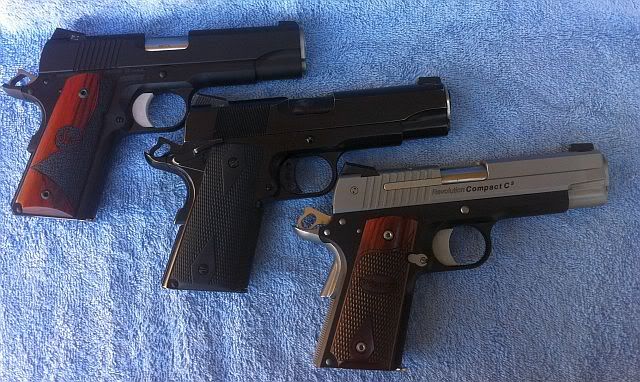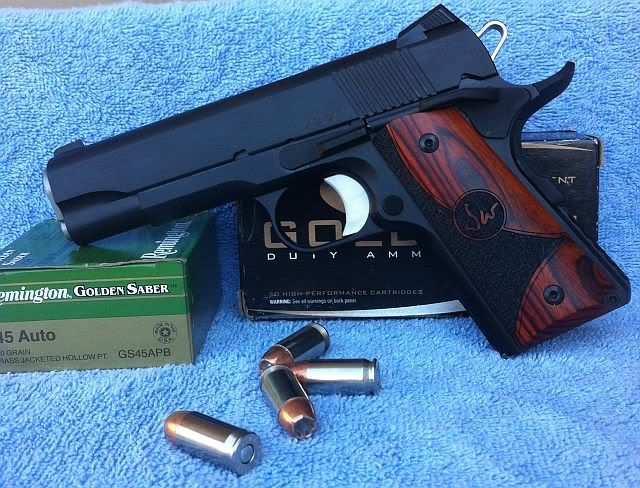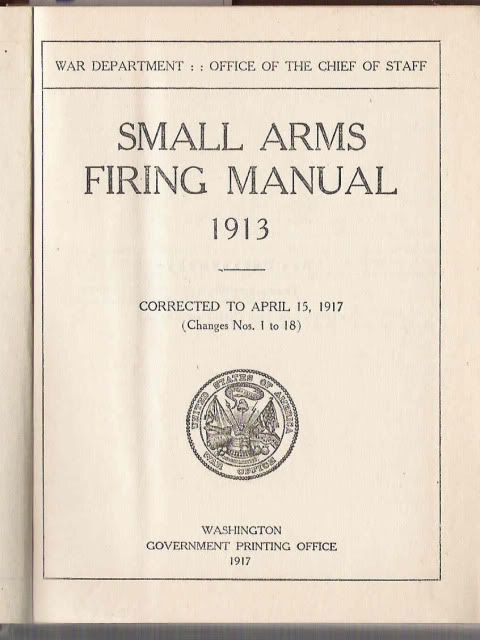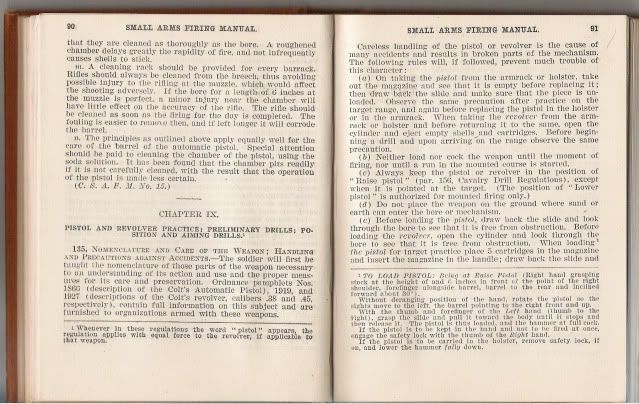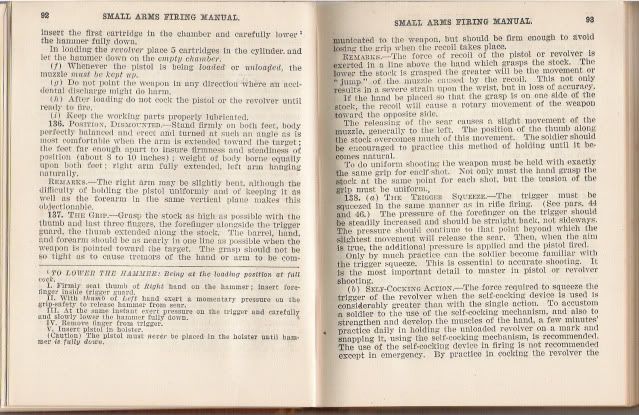I would not carry a M1911 as the only proper way to carry a M1911 is with a round in the chamber and the hammer down. Carrying the things cocked and locked is an invitation to an accidental discharge. It is very easy, and there are plenty of posts, where individuals have found the safety off in the holster, carry case, etc. Modern large extended safeties are particularly easier to move, not merely to off, but to on. Another issue with the M1911 is bumping the safety on (safe), when you want it off (fire) . I had my Les Baer Wadcutter do that, my grip was not tight and the thing rolled in my hand on recoil. Next shot, I was squeezing the trigger and nothing was happening. The safety had been bumped to safe. A pistol making itself inoperable leaves an impression about relying on the thing as a self defense weapon. Incidentally, take any decent self defense class, and they teach you to ride the safety.
The carry state of the original M1911 was a round in the chamber and the hammer down. The pistol was carried in a flap holster. I have handled original, WW1 and earlier M1911's, the hammer spurs are wide, the grip safety unobtrusive, it is easy to thumb cock. Users of the period were familiar and comfortable with thumbcocking their Colt SAA's, and the M1911 was made to be equally easy to thumb cock. Hammer down is the proper way to carry the thing, but modern M1911's have the beavertail grip safeties that block access to the hammer and the wide hammer spurs are gone.
I like the operating system of the Walther P5 and Sig P220. No external safeties, external hammer, and decocker. First shot either double action, or you can thumb cock if you want.
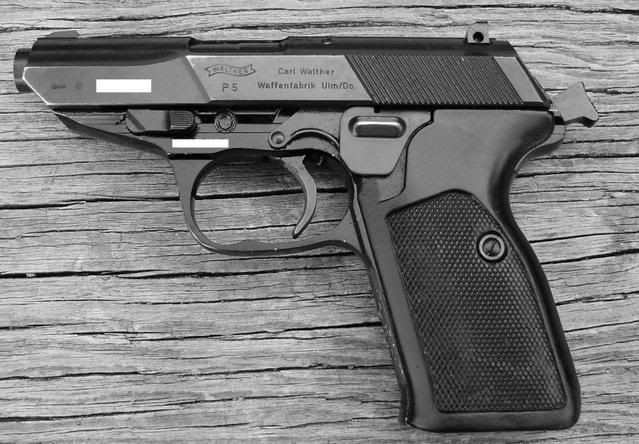
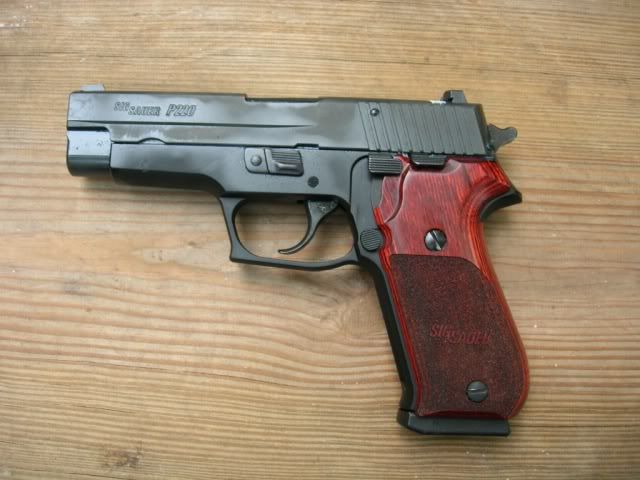
The carry state of the original M1911 was a round in the chamber and the hammer down. The pistol was carried in a flap holster. I have handled original, WW1 and earlier M1911's, the hammer spurs are wide, the grip safety unobtrusive, it is easy to thumb cock. Users of the period were familiar and comfortable with thumbcocking their Colt SAA's, and the M1911 was made to be equally easy to thumb cock. Hammer down is the proper way to carry the thing, but modern M1911's have the beavertail grip safeties that block access to the hammer and the wide hammer spurs are gone.
I like the operating system of the Walther P5 and Sig P220. No external safeties, external hammer, and decocker. First shot either double action, or you can thumb cock if you want.


Last edited:

